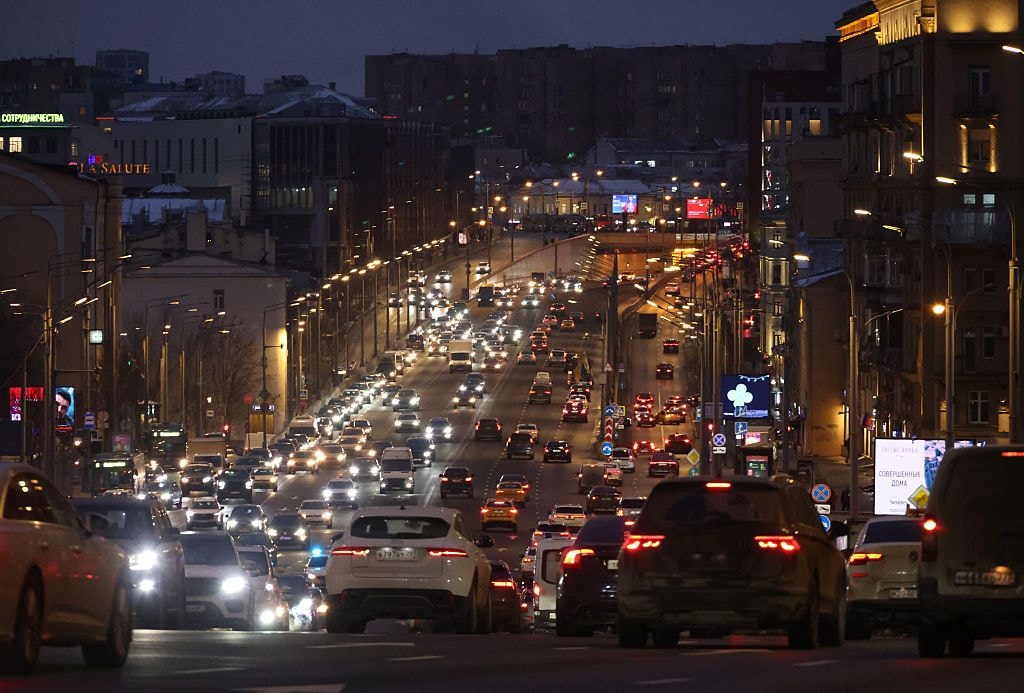SBU blocks surveillance cameras hacked by Russia to identify targets in Kyiv

The Security Service of Ukraine (SBU) said it dismantled two online surveillance cameras in Kyiv that Russia had hacked and used to record the city's air defenses at work as well as the locations of critical infrastructure during a mass attack on Jan. 2.
Russia launched at least 99 missiles at Ukraine early on Jan. 2, targeting Kyiv, the surrounding region, and Kharkiv. The attack killed five people and injured 129, including children, as of 6 p.m. local time, according to Ukrainian authorities.
The cameras were earlier hacked, resulting in Russian special services gaining access to sensitive footage, which helped them spy on Ukrainian forces in Kyiv, the SBU reported on Telegram.
One of the devices, located on the balcony of an apartment building, was reportedly used by residents to monitor the surrounding area.
After the hacking, Russian special services obtained remote access to control the camera, changed the viewing angle, and connected it to the YouTube streaming platform, the SBU explained.
The other surveillance camera was installed by residents of one of Kyiv's residential complexes to monitor its parking lot, according to the SBU.
The SBU cyber specialists discovered that Russia had been remotely controlling the camera to capture the surrounding territory, including critical infrastructure facilities, and assist Russian strikes on targets in Kyiv.
Since the beginning of Russia's full-scale invasion of Ukraine in February last year, the SBU has blocked the operation of about 10,000 IP cameras that Russia might have used to coordinate missile attacks on Ukraine.
According to a recent investigation by Radio Free Europe/Radio Liberty's Schemes project, Russia's intelligence services may have been receiving video footage from thousands of Ukrainian surveillance cameras installed with a Russian software program.
Video cameras that use Russian Trassir software operate in Ukraine's public and private sectors and are used by ordinary Ukrainians for personal security purposes.
The Trassir video surveillance system not only records the movements of people and vehicles but also recognizes faces and license plates.












